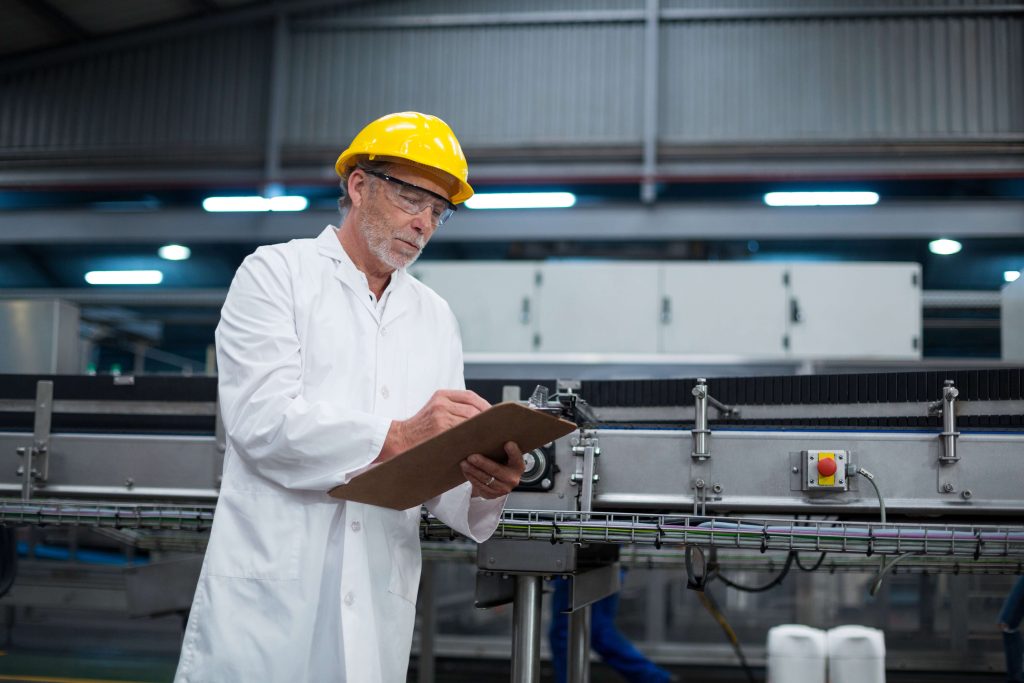
Managing a factory is no easy task. There are countless factors to consider, from ensuring the safety of your employees to maintaining the efficiency of your production line. One crucial aspect of factory management is the transportation of goods within the facility. This is where a goods lift comes into play. A goods lift, also known as a freight elevator, is a type of elevator designed specifically for the transportation of goods, rather than passengers. These lifts are essential for factories, warehouses, and other industrial settings where heavy loads need to be moved between floors or levels.
But how do you choose the best goods lift for your factory? With so many options available on the market, it can be overwhelming to decide which lift is the most suitable for your needs. In this article, we will guide you through the process of selecting the perfect goods lift for your factory, taking into consideration factors such as capacity, size, safety features, and more.
1. Determine Your Needs
Before you start shopping for a goods lift, it’s essential to have a clear understanding of your factory’s specific needs. Consider the following questions:
- What types of goods will the lift be transporting? Are they heavy, bulky, or fragile?
- How often will the lift be used? Will it be in constant operation, or only used occasionally?
- What is the maximum weight capacity you require for your goods lift?
- How many floors or levels does the lift need to service?
- Are there any space constraints within your factory that may affect the size or type of lift you can install?
By answering these questions, you can begin to narrow down your options and focus on the lifts that best meet your requirements.
2. Consider the Capacity
One of the most critical factors to consider when choosing a goods lift is its capacity. This refers to the maximum weight the lift can safely carry. It’s essential to select a lift with a capacity that meets or exceeds your factory’s needs, as overloading a lift can lead to accidents and damage to both the lift and the goods being transported.
When determining the required capacity, consider not only the weight of the goods themselves but also any additional equipment or materials that may need to be transported alongside them, such as pallets or trolleys. It’s also a good idea to factor in some extra capacity to accommodate potential future growth or changes in your factory’s operations.
3. Evaluate the Size
The size of the goods lift is another crucial factor to consider. This includes both the external dimensions of the lift (i.e., the space it will occupy within your factory) and the internal dimensions of the lift car (i.e., the space available for transporting goods).
When evaluating the size of a goods lift, consider the following:
- Will the lift fit within the available space in your factory? Be sure to account for any necessary clearances or access points.
- Is the lift car large enough to accommodate the goods you need to transport? Consider both the dimensions and the layout of the lift car, as well as any doors or openings.
- Can the lift car be easily loaded and unloaded? This may depend on factors such as the height of the lift car floor and the location of the doors.
4. Look for Safety Features
Safety should always be a top priority when selecting a goods lift for your factory. Look for lifts that come equipped with a range of safety features designed to protect both the goods being transported and the employees operating the lift. Some essential safety features to look for include:
- Overload protection: This feature prevents the lift from operating if it is loaded beyond its maximum capacity, reducing the risk of accidents and damage.
- Emergency stop button: This allows the lift operator to immediately halt the lift’s operation in case of an emergency.
- Door interlocks: These prevent the lift doors from opening unless the lift car is securely in place at the designated floor, reducing the risk of falls or accidents.
- Safety sensors: These can detect obstacles or obstructions in the lift’s path and automatically stop the lift to prevent collisions.
5. Seek Professional Advice
If you’re unsure which goods lift is the best fit for your factory, don’t hesitate to seek professional advice. A reputable goods lift installation company can assess your factory’s needs and recommend the most suitable lift for your requirements. They can also provide valuable guidance on the installation process, ensuring that your new lift is installed safely and efficiently.
In conclusion, selecting the best goods lift for your factory is a crucial decision that can significantly impact the efficiency and safety of your operations. By carefully considering factors such as capacity, size, safety features, and professional advice, you can make an informed choice that will serve your factory well for years to come. Remember, a well-chosen goods lift is an investment in the long-term success of your factory, so take the time to research and select the best option for your needs.










